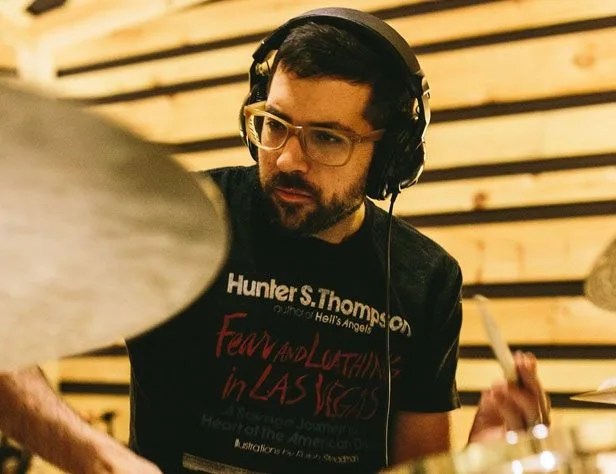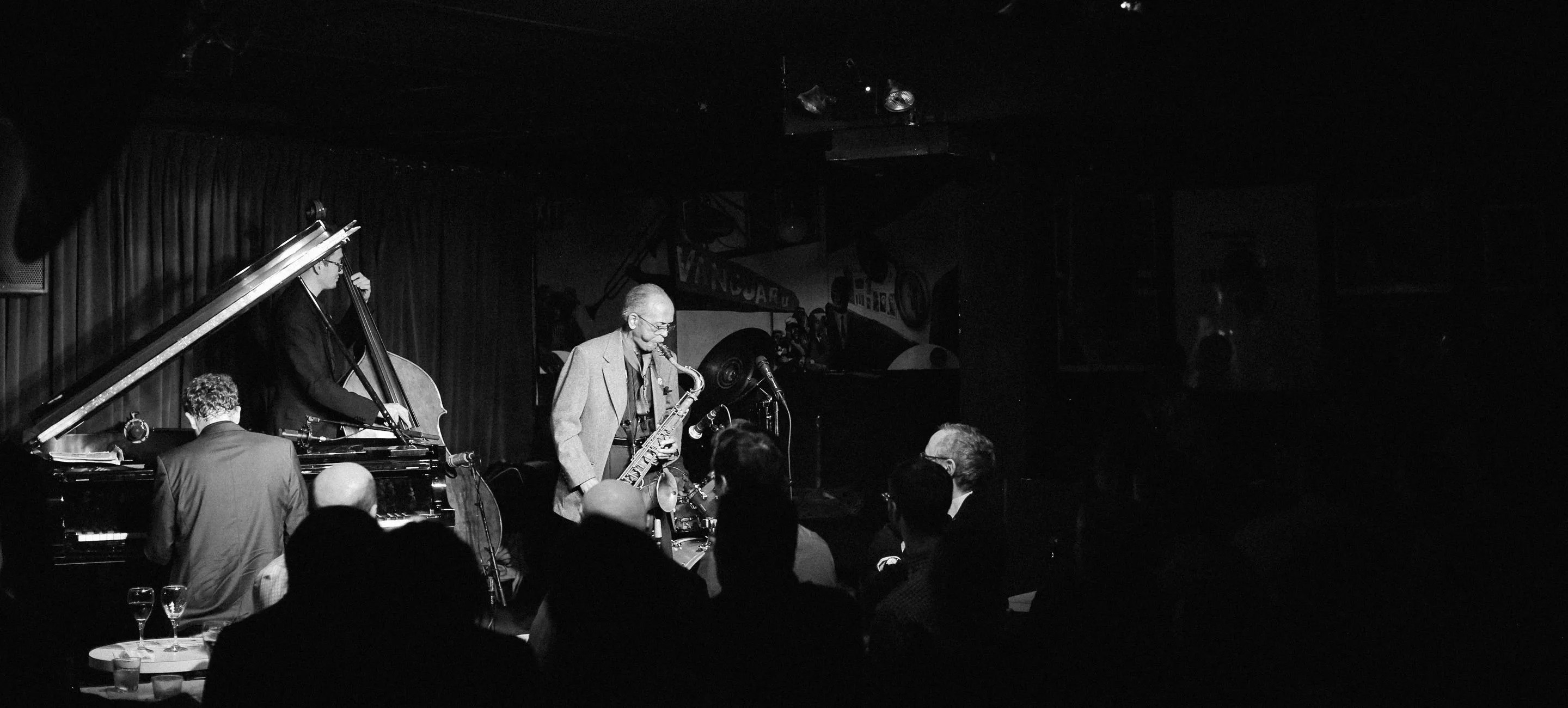Jazz music is an ever-evolving fusion of style, a national art form embodying the metaphor of America as a complex cultural melting pot. From the start, early American musical elements — West African rhythms, elements of spirituals and the blues, and America’s marching band instruments, brass and reeds — came together in ragtime music. That developed into classic jazz. That morphed from Chicago to Kansas style to bebop. Hard bop of the late ’50s gave way to experimental forms. From the ’80s onward, elements of Afro-Cuban music and hip-hop were infused into the jazz we know today.
In short, the jazz catalogue is deeply complex and has many countless stylistic branches. For many listeners the harmonically complex instrumental music, extended improvisations, and avant-garde sounds can be overwhelming. But with a few pointers and some thoughtful listening, the language becomes more clear. Though the best way to immerse yourself in the genre is to attend live concerts, there is a vast amount of recordings available for listeners — stemming from both the studio and live concerts — looking to explore the different eras and artists. When surveying anything, it’s best to practice patience, but to help guide you along your aural experience, we invited acclaimed drummer Mark Guiliana to weigh in with some listening advice.
About the Expert

Mark Guiliana, composer and drummer: Over the past decade, Mark Guiliana has created a notable buzz in the jazz community for his forward-thinking approach to the instrument. He has performed on over 30 albums with artists ranging from Avishai Cohen to Lionel Loueke, Matisyahu and David Bowie. Time Out London explained his style as follows: “What happens when you add hard bop drum masters Elvin Jones and Art Blakey to a 1980s Roland 808 drum machine, divide the result by J Dilla and then multiply to the power of Squarepusher? Answer: Mark Guiliana.” Listen Here
Keep an open mind. “If you look at where jazz started and where it has gone, it is all about innovation. Even if we look backwards, and we look at the way the music sounded in the ’20s or ’30s, it sounds like it’s almost 100 years old, but really in that moment it was very new, very innovative and very progressive. I think that you can make that observation about every major chapter in jazz’s evolution, and as we know, innovation isn’t always accepted and appreciated in real time. I would encourage the listener to approach it with an open mind, because the things that you’re hearing, especially the more innovative approaches, might take time to digest.”
Follow your bliss and explore. “As a listener, please follow your bliss. I would never fault a listener for only focusing on what they love — that’s so important. Whatever music touches you and whatever music makes you feel good is the music you should absolutely be listening to.

